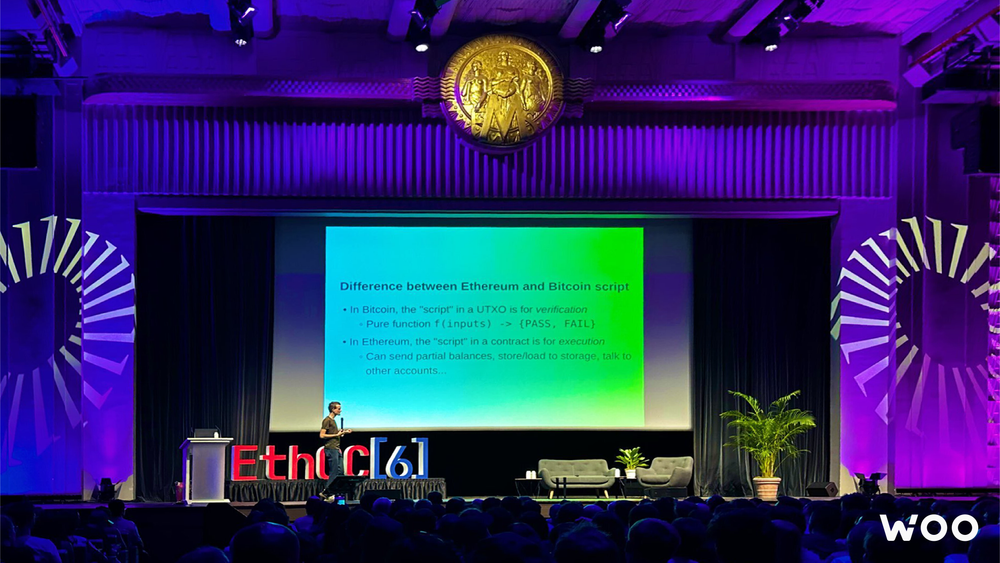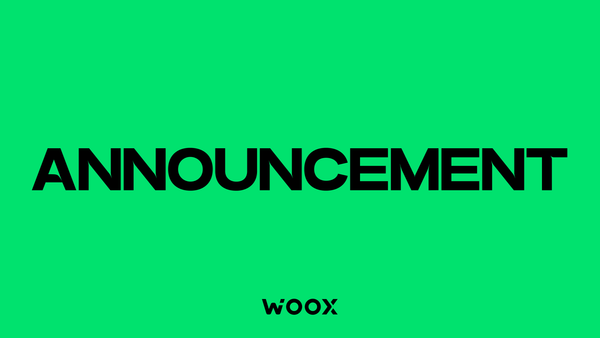Golden age of DeFi and account abstraction dominate Europe's largest Ethereum event
EthCC, or the Ethereum Community Conference, is the largest annual European Ethereum event focused on technology and community. It took place in Paris this week with 250 side events, 350 speakers, 54 sponsors, and about 5,000 attendees from all over the world, exceeding the previous year’s record.
Linea, a developer-ready zkEVM rollup for scaling Ethereum dApps (Decentralized applications) made headlines at the EthCC 2023 along with WOOFi, a top 10 cross-chain DEX, discussing ZK tech, liquidity fragmentation, and broader topics pertinent to the adoption of DeFi.
While EthCC itself was the flagship event, multiple side events, meetups, panels, and parties took take place in the same week in Paris.
Golden age of DeFi
In line with EthCC, Linea's L'Apéro event featured a series of panels with guests from every vertical within its ecosystem. The event unfolded in the wake of a series of ground-breaking industry advancements unveiled earlier this week including UniswapX, Chainlink CCIP, and Gnosis Pay - all of which bring DeFi one step closer to the cusp of a dawning golden age.
Among the topics discussed during the evening was the need for zero-knowledge proofing and the role it stands to play in instituting this so-called golden era of DeFi hallmarked by mass adoption, unfragmented liquidity, and drastic improvements to UX.
WOOFi Marketing Lead George Heath was among the panel speakers alongside DeFi powerhouses LayerZero and Metamask. He noted that one indicator that the industry has already entered the golden age of DeFi is when there is a mass exodus of users from Ethereum to L2s like Linea - a type 2 zkEVM backed by the same creators of MetaMask (Consensys).
“Ethereum is a victim of its own success due to the fact that gas costs rise as network traffic increases. Ethereum wasn’t designed for mass scaling, but L2s like Linea are since they reduce gas fees as network usage increases, making them ideal for bringing the security and decentralization of Ethereum to the masses. Eventually, every Ethereum user will migrate to L2s, effectively rendering Ethereum just a settlement layer, and it’s a matter of ‘when’, not ‘if’. This is why WOOFi is rapidly adding support for fast-growing L2s like Linea, because they will be the gateway into a golden era, and we are aiming for WOOFi to be at the very epicenter of it.”
Buterin: developers move away from original account abstraction dream
On the bigger stage, Vitalik Buterin, the founder of Ethereum graced the conference highlighting the significant progress and current challenges of the idea of an account abstraction that is perceived to be a catalyst for the mass adoption of the ETH platform.
The goal of account abstraction is to make web3 more user-friendly so that it can be adopted by users who have little or no knowledge of the processes running in the background. For example, abstraction may eventually give way to a world where users interact with DeFi without knowing which blockchains they are using, or which assets they are using to pay gas.
“I think [that the] early account obstruction had this big dream where the dream was that we would reduce the transaction logic such that a transaction and the call are the exact same thing, a transaction just equals one call, and then everything that's required user level for verification or whatever, happens inside the EVM. Basically trying to create this really lean and clean system where the logic for verification is itself [is] all done by the user and everything is done with contract code and Ethereum can be this really clean and minimal system,” Buterin said.
“Over time we ended up moving further and further away from that model so we became willing to enshrine certain things…we're actually moving in the direction of enshrining more because that's better for user security but at the very beginning the philosophy was the opposite and we’re trying to preserve as much of that simplicity as possible was a big part of the motivator that kind of resisted in adding some of these extensions,” noted.
Account abstraction challenges
In enumerating the challenges of account abstraction, Buterin noted that “the pendulum is swinging back toward enshrining more things because enshrining is more efficient.” He elaborated that enshrining reduces the risk of bugs and allows censorship-resistant mechanisms to cover account-obstructed operations in addition to regular EOS transactions.
“We also need an EIP to allow existing EOAs to upgrade into contracts because lots of people don't like changing their accounts,” Buterin said.
He also said that there is a need for account abstraction on L2s, while standardization is needed to make sure the protocol works in the same way across some L2s just like EOAs work the same way across L2s. Buterin added that account abstraction needs to be integrated into existing technology such as biometric signers as well as into existing wallets.
“Account abstraction has made a lot of progress and I'm excited about all of the progress that they'll continue making in the future,” Buterin said in his closing statement.
George Heath of WOOFi, flanked by the photogenic Linea team
—
The content above is neither a recommendation for investment and trading strategies nor does it constitute an offer, solicitation, or recommendation of any product or service. The content is for informational sharing purposes only. Anyone who makes or changes the investment decision based on the content shall undertake the result or loss by himself/herself.
The content of this document has been translated into different languages and shared throughout different platforms. In case of any discrepancy or inconsistency between different posts caused by mistranslations, the English version on our official website shall prevail.


